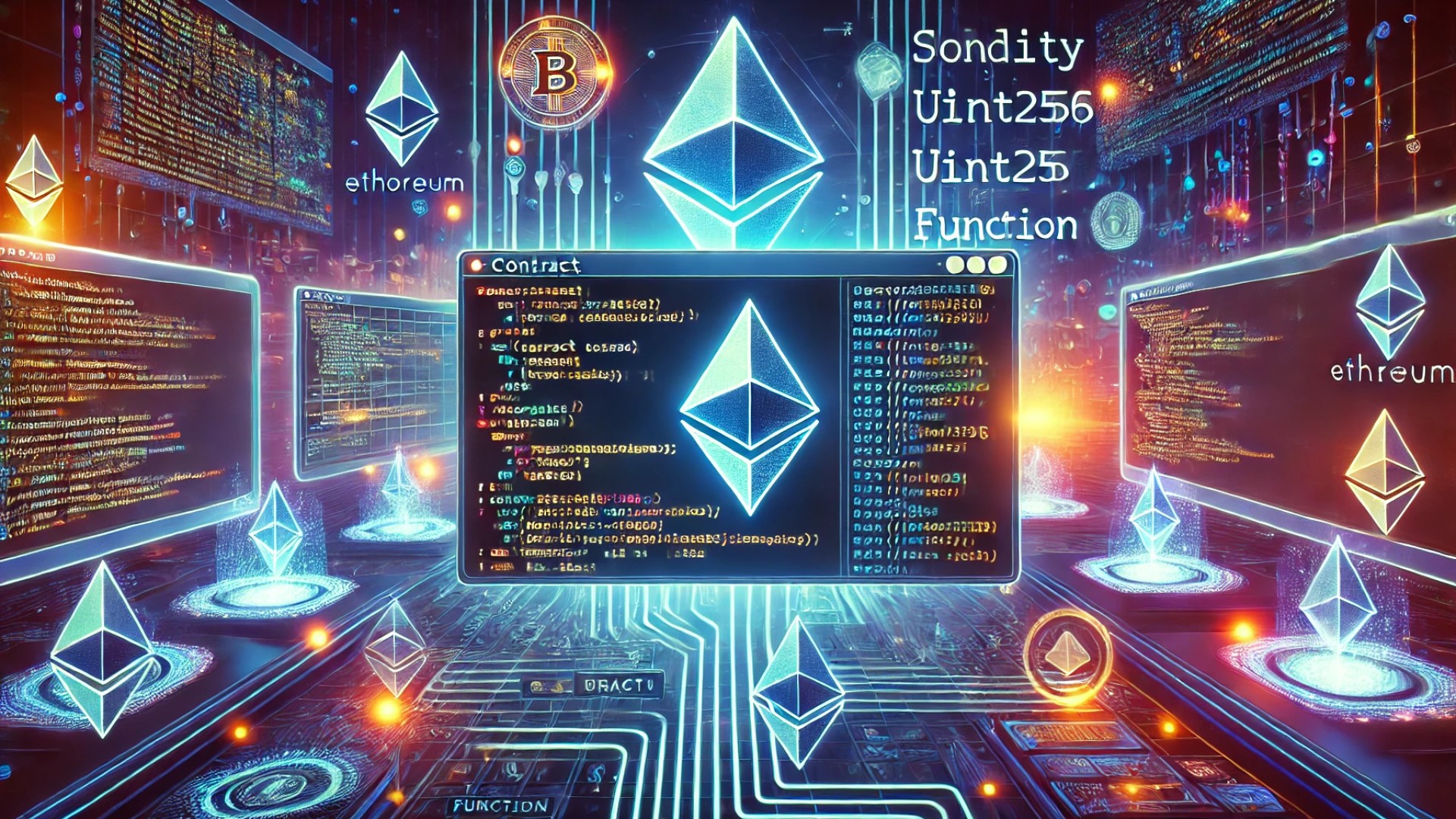
Quantum computing is no longer just a futuristic concept; it’s here and now. And if you’re curious about how to get started, you’re in the right place. Today, we’re diving into Qiskit, an open-source framework that makes quantum computing accessible to everyone.
What is Qiskit?
Qiskit is a set of tools and libraries designed to help you develop quantum computing programs. Created by IBM, it allows you to write quantum algorithms, simulate them, and even run them on real quantum computers. Whether you’re a beginner or an experienced developer, Qiskit has something to offer.
Why Quantum Computing?
Before we jump into Qiskit, let’s quickly touch on why quantum computing is such a big deal. Traditional computers use bits (0s and 1s) to process information. Quantum computers, on the other hand, use quantum bits or qubits, which can represent both 0 and 1 simultaneously. This ability allows quantum computers to solve complex problems much faster than classical computers.
Getting Started with Qiskit
- Installation: To start using Qiskit, you’ll need Python installed on your computer. Once you’ve got Python, installing Qiskit is straightforward. Just open your terminal or command prompt and type:
pip install qiskit - Basic Concepts:
- Qubits: The fundamental units of quantum information.
- Quantum Gates: Operations that change the state of qubits.
- Circuits: A sequence of quantum gates applied to qubits.
- Hello Quantum World:
- First, import the necessary modules:
from qiskit import QuantumCircuit, transpile, Aer, execute - Create a quantum circuit with one qubit and one classical bit:
qc = QuantumCircuit(1, 1) - Apply a Hadamard gate to put the qubit in a superposition state:
qc.h(0) - Measure the qubit:
qc.measure(0, 0) - Execute the circuit using a simulator:
simulator = Aer.get_backend('qasm_simulator') result = execute(qc, simulator).result() print(result.get_counts(qc))
- First, import the necessary modules:
Kotlin if you are developer you need to know
Exploring Key Features of Qiskit
- Qiskit Terra: The foundation for composing quantum programs. It allows you to create quantum circuits and provides the tools to manipulate them.
- Qiskit Aer: A high-performance simulator for quantum circuits. It’s perfect for testing and debugging your quantum algorithms.
- Qiskit Ignis: Focuses on quantum hardware verification and error correction.
- Qiskit Aqua: Provides algorithms for quantum applications in chemistry, AI, optimization, and finance.
Real-World Applications
- Cryptography: Quantum computers can potentially break current cryptographic systems, but they also offer new ways to create secure communication channels.
- Drug Discovery: Quantum computing can simulate molecular structures much faster, aiding in the discovery of new drugs.
- Optimization: Quantum algorithms can solve complex optimization problems in logistics, finance, and other fields more efficiently.
Resources to Learn More
- Qiskit Documentation: The official Qiskit documentation is a treasure trove of information.
- Qiskit Textbook: An open-source book that teaches quantum computing using Qiskit.
- Qiskit Community: Join the Qiskit Slack channel, attend Qiskit events, and connect with other quantum enthusiasts.
Conclusion
Quantum computing is an exciting and rapidly evolving field. With Qiskit, you have all the tools you need to start exploring this new frontier. From writing your first quantum program to running complex algorithms, Qiskit makes it all accessible. So, what are you waiting for? Dive in and start your quantum journey today!
Its here Importance of Java Buzzwords need to know
FAQs
Q: What is Qiskit?
A: Qiskit is an open-source framework for quantum computing developed by IBM.
Q: Do I need a quantum computer to use Qiskit?
A: No, you can use Qiskit’s simulators to run and test your quantum circuits.
Q: Is Qiskit suitable for beginners?
A: Absolutely! Qiskit offers resources and documentation to help beginners get started.

